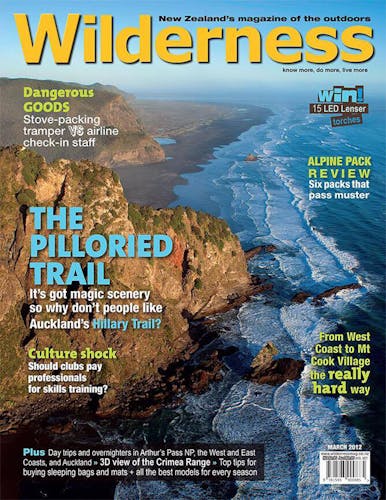Taking to the hills
If you want to be a good hill climber you need to do some work on your legs before you hit the hills and then you need to actually do some hill work close to home before tackling bigger objectives in the great outdoors.
Your knees and ankles are the body’s shock absorbers and are the two areas that people struggle with as they age. You need stable knees and ankles to handle uneven terrain, so if you want comfortable and stable climbs and descents it is important to keep the muscles around these joints strong.
Some good exercises for strengthening these areas are the wall sit and travelling lunge. Travelling lunges make you look a bit like John Cleese from the Ministry of Silly Walks, but they are a great exercise to catch just about every muscle in your legs and butt. Make sure you have had a bit of a walk around to warm up first and stand on one foot like a stork and tuck the other foot up to your butt for a stretch through your quadriceps – that’s the big muscle up the front of your thigh.
– Deb Hurdle is the manager of recreation at SPARC
Wall sits
Find a clear wall. Stand close to, but facing way from the wall. Lean back against the wall and slide your back down to a point where you appear to be sitting on an imaginary chair. Move your feet far enough from the wall that your upper legs are at right angles to your body and your lower legs are at right angles to your feet. Keep your back nice and straight against the wall and hold the position for as long as you can, trying for longer each day. I’m talking minutes here rather than seconds!
Travelling lunges
Find yourself a clear space so you can take at least 10 really big steps in a row. Take a big long step forward. As you put your foot down in front of you bend both knees. Keep your front knee over your ankle and behind your toes and your back knee under your hip, with your back heel off the ground. Step forward with the other foot, repeating the movement at least 10 times or until you run out of space. Keep your upper body nice and tall throughout the exercise; don’t let it drop down over your legs as you take your steps.
The deeper you can take the steps the better the effect, but start with shallow steps until you feel comfortable with the exercise and you know your knees can cope.






